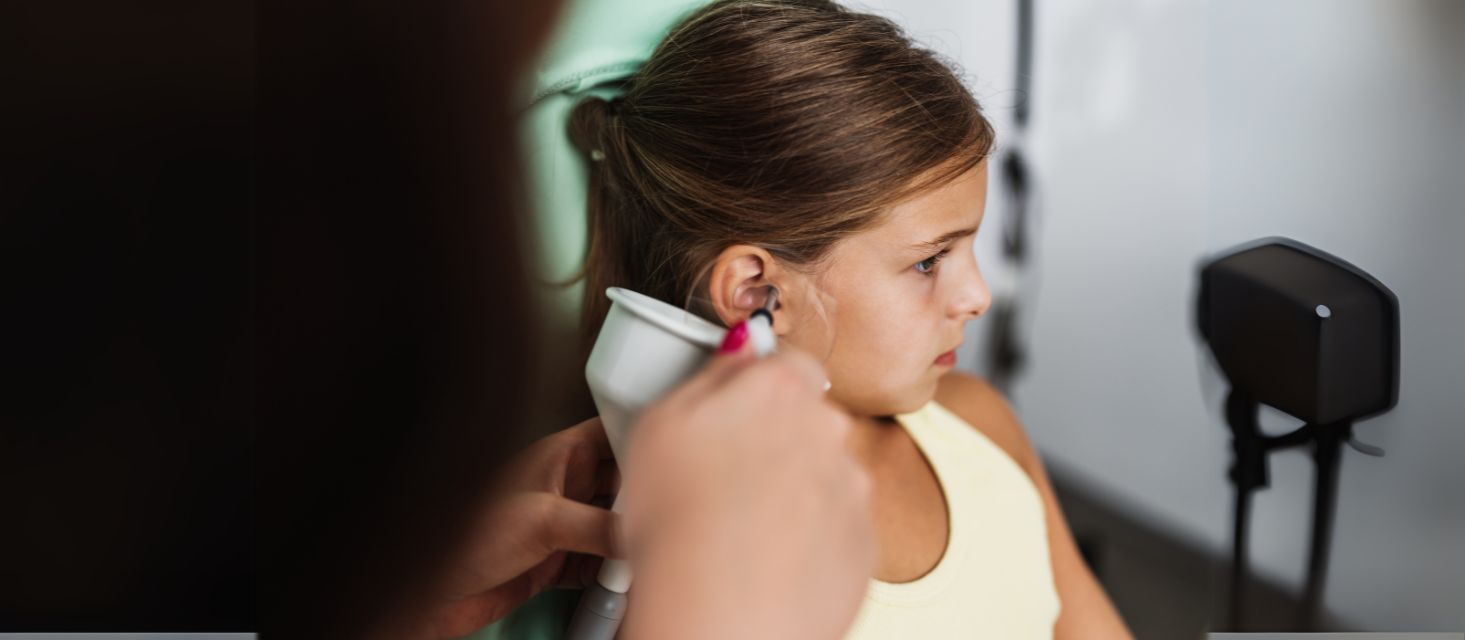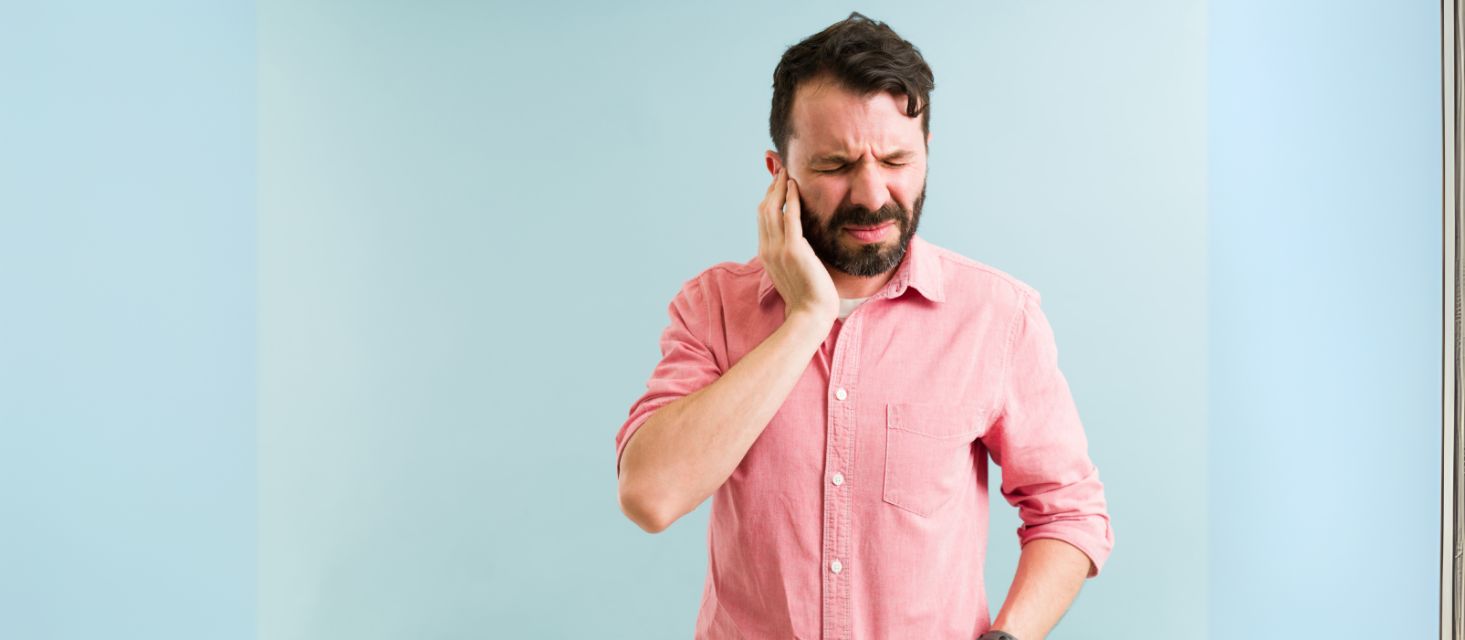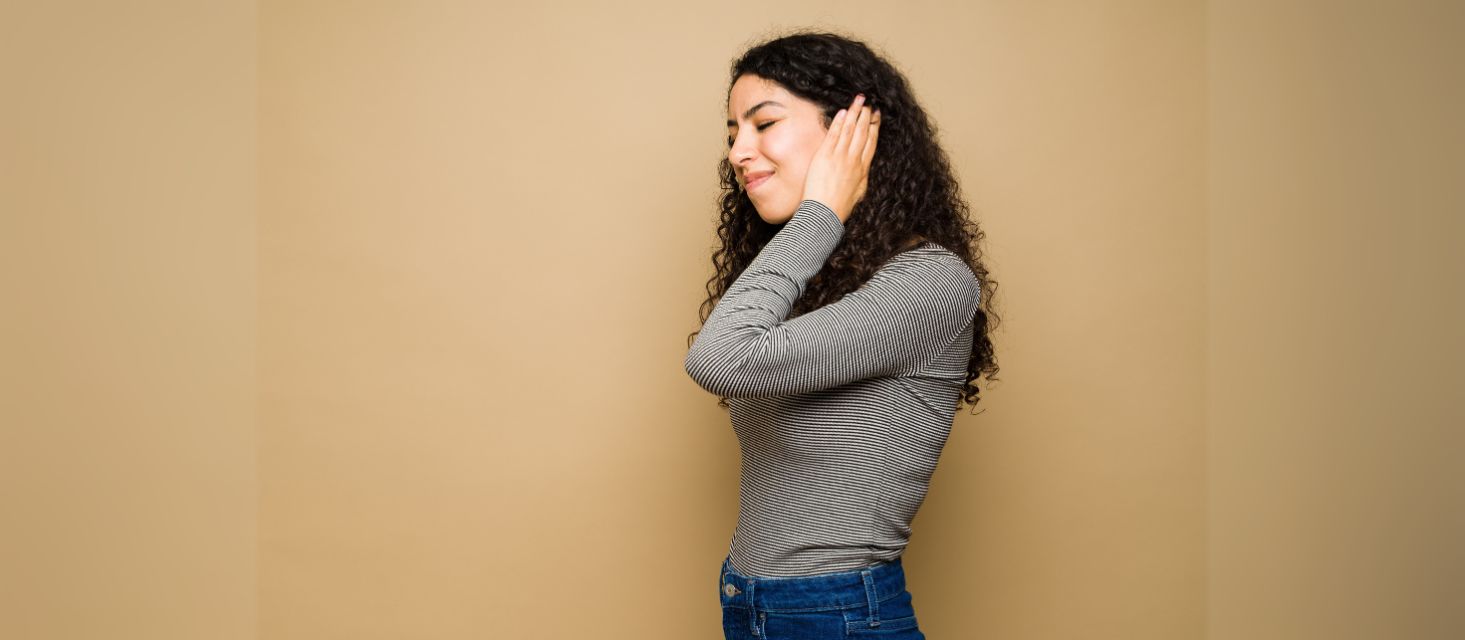Ear irrigation is a process that many people use to clean their ears and remove excess earwax (cerumen). However, a lot of myths surround this practice, often leading to confusion and even harm.
This page examines some of the ear irrigation myths, debunks them with accurate information, and provides tips for maintaining healthy ears.
What Is Ear Irrigation?
Ear irrigation, also known as ear syringing, is a method of cleaning the ear canal by using water or a saline solution to flush out earwax and other impurities. It is generally safe when done properly, but there are certain earwax removal myths that could make people hesitant to try it. Understanding the safe methods of wax removal is essential for maintaining ear health. Learn more about What is Ear Irrigation for better insight into the process.
Common Ear Irrigation Myths
1. Ear Irrigation Can Cause Hearing Loss
One of the most persistent myths is that ear irrigation can cause hearing loss. In reality, ear irrigation is a safe method of earwax removal when performed correctly. Excessive earwax or wax buildup in the ear canal can actually impair hearing. The aim of irrigation is to remove earwax that might be blocking the ear canal, improving hearing.
However, if the procedure is done incorrectly, such as using excessive pressure or improper technique, it could damage the eardrum or lead to other complications. For safer techniques, check out our guide on the Best Methods to Remove Earwax.
A study published in ScienceDirect highlights the potential risks of improper ear irrigation. The research found that incorrect techniques, such as using excessive cleaning during the process, can lead to ear drum damage and infections. Despite its widespread use, the study emphasizes the importance of performing ear irrigation correctly to avoid such complications.
2. Earwax Should Never Be Removed
Some people believe that earwax is harmful and should never be removed. While wax serves as a protective barrier, excess earwax can cause problems like earwax blockage, which may result in discomfort, reduced hearing, and even tinnitus. Regular cleaning of the outer ear is important, but it’s essential to use safe methods like ear irrigation or gentle suction. Cotton buds (or cotton tipped buds) should be avoided for cleaning the inner ear, as they can push wax deeper into the ear canal and cause further wax buildup. For more details on when and how to clean your ears, visit When Should I Clean My Ears? A Guide to earwax Removal.
3. Ear Candling Is a Safe Alternative
Ear candling involves using a cone-shaped candle to create a vacuum effect that supposedly removes earwax. However, this practice is not only ineffective but also dangerous. Ear candles can cause serious burns, and the suction effect is insufficient to remove earwax.
In fact, ear candling can lead to ear infections, damage to the eardrum, and other ear health issues. It is crucial to rely on scientifically proven methods like ear irrigation for wax removal. For more on why ear candles don't work, check out our article on Candle Ear Treatment: Do Ear Candles Work?.
4. Cotton buds Are Safe for Cleaning the Ears
Many people use cotton buds or cotton buds to clean their ears, thinking they are a gentle and effective method. However, this is a common misconception. Using cotton buds can actually push earwax further into the ear canal, potentially causing an earwax blockage.
It can also damage the delicate structures of the ear, such as the eardrum, leading to infection or pain. Ear drops or gentle suction are much safer alternatives for cleaning the ears. Learn more about the right ways to Clean Your Ears Safely.
5. Ear Irrigation Is Only for Severe Wax Buildup
Some people believe that ear irrigation should only be used when there is a severe wax buildup or earwax blockage. While irrigation is indeed effective for removing excess earwax, it can also be used to prevent wax buildup and maintain overall ear health.
Regular maintenance of the outer ear and periodic cleaning with ear irrigation can help prevent wax from accumulating and causing problems later on. For more information on earwax blockage symptoms and treatments, check out our guide on Earwax Blockage: Symptoms and Treatment.
The Risks of Improper Ear Irrigation
While ear irrigation is generally safe, there are some risks if it’s not performed correctly. Here are a few potential issues:
-
Infection: Improper irrigation can introduce bacteria into the ear canal, leading to an infection. Always ensure that the equipment is sterile, and use only clean, filtered water or a saline solution.
-
Eardrum Damage: Excessive pressure during irrigation can damage the eardrum, especially if the ear canal is already inflamed or infected. It’s crucial to apply gentle pressure when irrigating the ear.
-
Wax Pushing Further In: If you use cotton buds or perform ear irrigation too aggressively, you may push wax deeper into the ear canal, causing more problems and potentially impacting your hearing.
-
Tinnitus: Irrigating too forcefully or improperly may lead to tinnitus (ringing in the ears) or temporary hearing loss due to damage to the ear structures.
How to Safely Remove earwax
There are various methods available for removing earwax safely and effectively. Let’s explore some of the best options:
1. Ear Irrigation with a Professional
The safest way to perform ear irrigation is to visit a healthcare professional. An audiologist or ENT specialist can perform the procedure correctly and remove any wax buildup without causing damage to your ears. For more information on how ear irrigation works, check out What Is Ear Irrigation?.
2. Home Ear Irrigation with the Right Tools
If you prefer to perform the procedure at home, make sure to use a professional-grade tool like the Eddy from Auracle. The Eddy uses adjustable water pressure to gently and safely remove earwax, helping to avoid injury or discomfort. Always follow the manufacturer’s instructions and use the device in capable hands. Learn more about Eddy and its features.
3. Ear Drops
If you have excess earwax but aren’t ready to perform ear irrigation, you can try ear drops. Olive oil or hydrogen peroxide drops can soften the wax, making it easier for your body to expel it naturally. Always follow the guidelines on the product label and avoid overuse. Explore more on Ear Drops.
4. Hydration and Humidity
Dry ears can exacerbate wax buildup. Keeping your ears hydrated by using ear drops and maintaining a moderate humidity level can help prevent the wax from becoming hard and difficult to remove.
How to Prevent earwax Buildup
Preventing earwax blockage is often easier than trying to remove excess earwax once it’s already built up. Here are a few tips for keeping your ears healthy:
-
Avoid cotton buds: As mentioned earlier, cotton buds can push earwax deeper into the ear canal, causing more harm than good. Instead, use ear irrigation or visit a healthcare provider for wax removal.
-
Clean the outer ear: You can clean the outer part of your ears with a warm, damp cloth. Just make sure to avoid inserting anything into the ear canal.
-
Use ear protection: If you’re exposed to airborne particles or loud noises regularly, use earplugs to protect your ears and prevent wax from becoming impacted.
-
Stay hydrated: Keeping your body hydrated helps ensure that your earwax remains soft and can be expelled naturally, reducing the risk of buildup.
When Should You See a Healthcare Professional?
While ear irrigation can be safely performed at home, there are certain situations when you should consult a healthcare professional:
-
If you experience pain in your ear, hearing loss, or any unusual symptoms during or after irrigation.
-
If you have a history of ear infections, tinnitus, or perforated eardrums.
-
If you notice a significant wax buildup or blockage that you cannot clear using safe methods.
It’s always better to consult an experienced audiologist or healthcare provider to ensure the health of your ears. For assistance, you can always Contact Us.
Ending on a High Note: What We’ve Learned
Ear irrigation is an effective and safe method for cleaning ears and removing excess earwax when done correctly. Understanding the facts and debunking the myths can help you maintain healthy ears and avoid unnecessary complications.
If you're looking for a safe, reliable way to perform ear irrigation at home, the Eddy from Auracle is a professional-grade device designed to gently and effectively remove earwax, helping you maintain ear health without the risks of improper methods.
Ready to experience the benefits of safe ear irrigation? Visit our store to order the Eddy and other ear care products designed to support your ear health. Don't wait – give your ears the care they deserve today!
Frequently Asked Questions (FAQs)
1. When Is Ear Irrigation Not Recommended?
Ear irrigation is not recommended if you have a perforated eardrum, ear infection, or diabetes. Always consult a healthcare professional if you have concerns about your ear health.
2. What Are the Reasons to Perform Ear Irrigation?
Ear irrigation is performed to remove excess earwax, clear the ear canal, and relieve symptoms of blockage, discomfort, or hearing loss.







Share:
Related Blogs
Understanding Wax Impaction in the Ear: Causes, Prevention, and Solutions
Understanding Wax Impaction in the Ear: Causes, Prevention, and Solutions